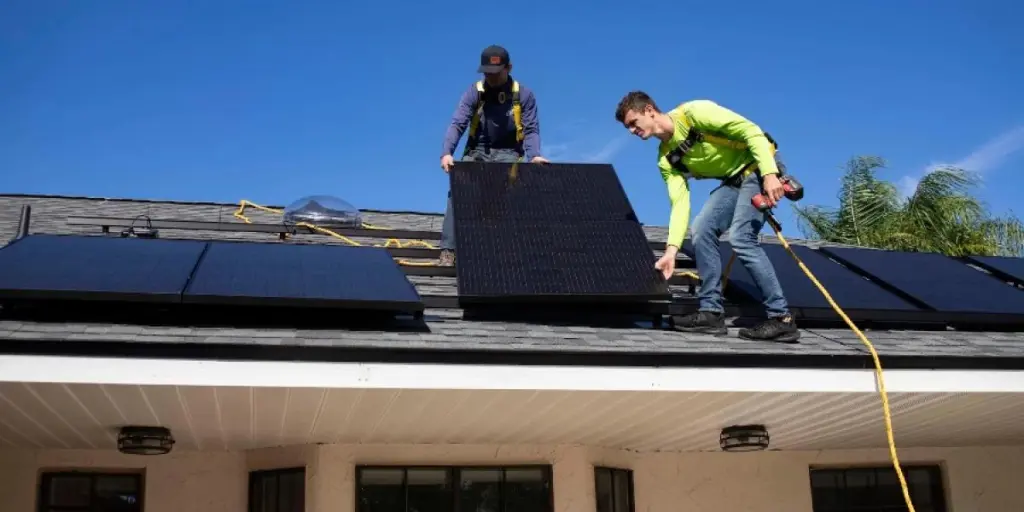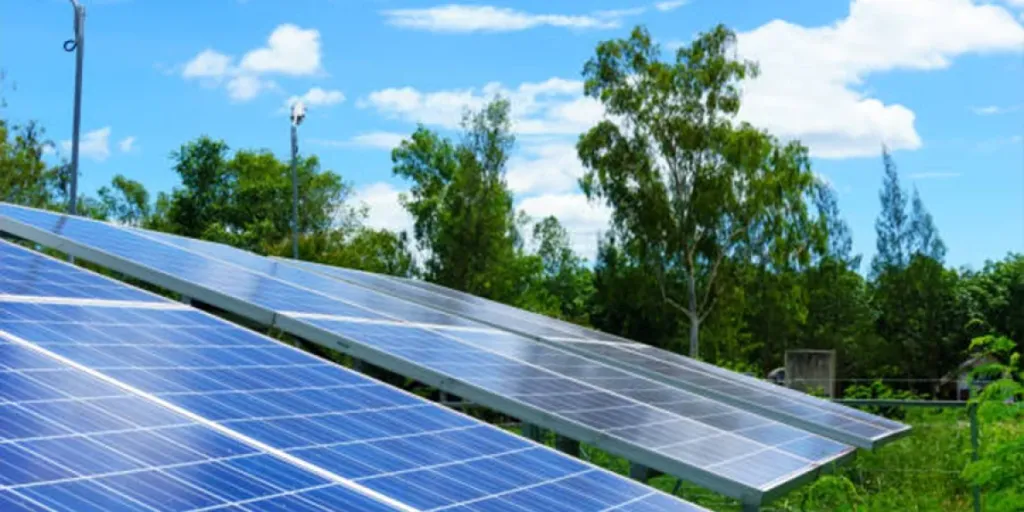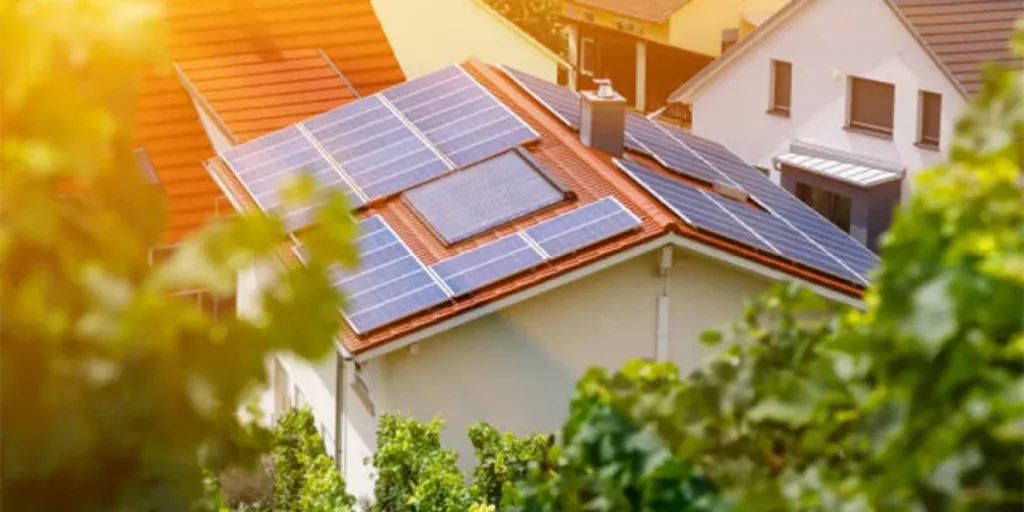- Dutch Energy Ministry wants to use rooftops, façades, open spaces and innovative PV applications to speed up the deployment of solar energy in the Netherlands
- It however wants to restrict the use of agricultural land for the purpose, making it available only if all other options are exhausted
- Dutch solar energy association Holland Solar believes this restriction will be harmful for the country’s energy transition
The Dutch Minister for Climate and Energy Rob Jetten has proposed ‘fine-tuning’ the Netherlands’ National Energy System Plan (NPE) that shows the country has a potential to install 173 GW solar PV capacity by 2050, with 145 GW theoretical potential for PV on rooftops and façades, but rules out making agricultural land available for such installations.
The country installed over 4.2 GW new PV capacity in 2022, according to the minister, and had around 18 GW totally installed by end of 2022, according to SolarPower Europe. If all the 173 GW potential would be built by 2050, the country could install in average around 5.5 GW per year for the next 28 years. If ‘only’ the 145 GW building-related potential is tapped, this would mean an average annual market size of around 4.5 GW, basically at current levels, leaving no perspective for long-term growth.
“Challenges in the growth of solar energy are the space for solar panels in the Netherlands and the capacity of the electricity grid,” explained the ministry. “The government therefore wants this growth to be of high quality and that smart use is made of space and of the electricity grid.”
In a letter to the House of Representatives, a 2nd from him, Jetten has outlined challenges and solutions to the development of solar energy in the country with regard to the role this technology is to play in the country’s achievement of a carbon free electricity system.
Along with 145 GW theoretical potential for rooftops and façades, Jetten also finds 9.5 GW additional potential for sites and objects within built up areas, along with sites and objects in the rural areas. Floating solar, balcony PV, etc. are innovative ‘game changers’ encouraged under the scheme of things.
However, he says the government wants to spare agricultural and natural grounds for this growth of solar ‘where possible’. Agricultural land can be used only when the available spaces are exhausted. Agrivoltaic installations may be allowed where bifacial solar panels are placed vertically on a fence around the meadow or high above the soft fruit cultivation.
Dutch solar energy association Holland Solar is not too thrilled with the limited access to agricultural land for PV. It believes this impedes the development of solar energy and also does not do justice to farmers who want to sustainably change their business with a solar field.
“Solar on a roof has grown rapidly, but is increasingly coming up against limits (unsuitable roofs, complex insurance problems). At the same time, the government also recently decided that the electricity supply must be completely CO2-free by 2035. It is inconceivable that the energy transition will succeed if solar on land is excluded,” explained the association.
Holland Solar demands whether to install a solar park on agricultural land should be a local decision, and not a federal one.
In the letter, Jetten says his ministry wants to explore options to include offshore PV in the tenders for offshore wind and also venture into putting solar panels on monuments and protected villages and townscapes. In April 2023, the government proposed to add 3 GW offshore solar energy to the national electricity mix by 2030.
The Netherlands Environmental Assessment Agency is also looking into whether and how solar PV in combination with roof reinforcement or lightweight solar PV can land in the SDE++ 2024.
Rob Jetten’s letter can be read in detail on the government’s website.
Recently, the Dutch government announced €412 million out of €4 billion National Growth Fund to the local development of circular solar panels.
Source from Taiyang News
The information set forth above is provided by Taiyang News independently of Alibaba.com. Alibaba.com makes no representation and warranties as to the quality and reliability of the seller and products.




